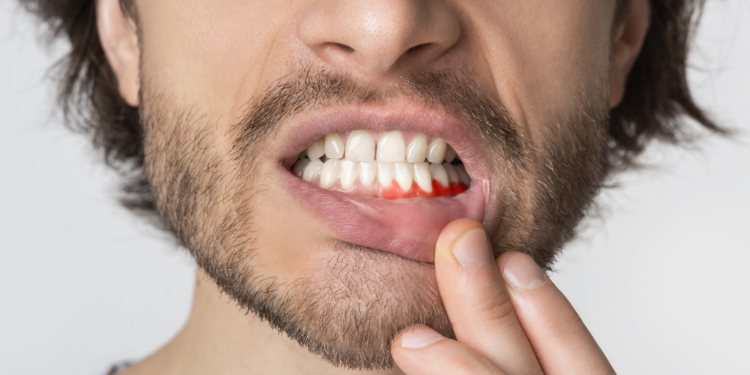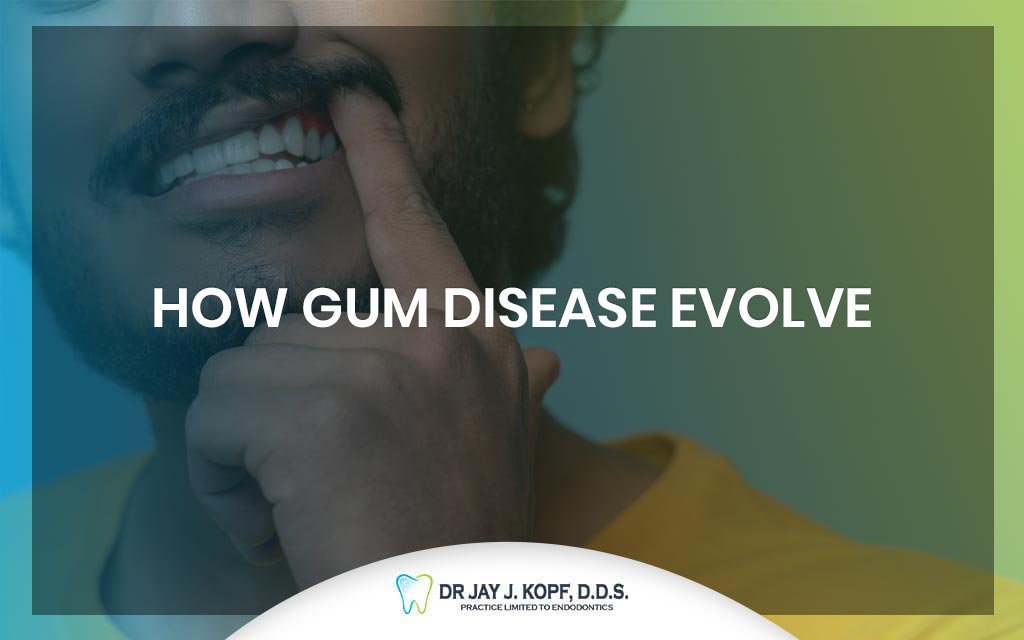Have you ever had your gums bleed right after dental hygiene? Due to the excessive growth of bacteria, this disease can occur, which can be very complicated. Periodontal disease is one of the most common dental problems. How gum disease evolve?
Many people do not practice a proper hygiene routine and do not take care of their teeth much. This can lead to various problems in the future, often starting with gum disease.
Why do you have periodontal disease?
Gum disease is generally caused by poor oral hygiene. Due to the accumulation of bacteria that lead to plaque. This inflammatory disease affects the soft and hard areas inside the gums that serve to support the teeth. The causes of periodontal disease are reduced to bacteria. If plaque and tartar are not removed regularly, periodontal disease will occur. Other factors that increase the risk of periodontal disease include diabetes, drugs that reduce the natural flow of saliva, genetics, hormonal changes, and certain diseases such as AIDS.

Early stage
This phase affects only the soft tissue of the gums. The patient may not feel any discomfort at an early stage. The symptoms can really be very mild and inconspicuous. It is important to diagnose gum disease at this early stage so that it does not develop into periodontitis.
Symptoms of gum disease
Gum disease can often be silent. Symptoms do not always appear until it is in an advanced stage of the disease. Some of the symptoms may be: swollen and red gums, pain in the gums, bleeding while brushing, pulling gums, loose teeth, split teeth, small sores in the mouth, bad breath, etc.
Stages of periodontal disease
This disease is divided into four different phases:
Gingivitis
This is the only stage of the disease that is reversible because it has not yet attacked the bones. Accumulation of plaque around the teeth and bleeding gums is one of the first symptoms. Most symptoms of gingivitis are painless. Good oral hygiene and regular dental checkups and routine teeth cleaning can help successfully treat gingivitis.
Mild periodontal disease
Mild periodontal disease is the second stage of gum disease. It is not reversible. You can control it very easily, you just need to be more careful. At this stage the infection spread to the bone and began to destroy the bones. Bacteria have become more aggressive and deep cleaning and disinfection of the gums must be done.
Moderate periodontal disease
The third stage of periodontal disease has more probing depths, which allows even more bacteria to attack the bones and bloodstream.

Advanced periodontal disease
The last stage of periodontal disease is when the infection has developed into the bacteria that cause the disease. Redness, swollen gums, strong breath and loss of bone mass, sensitivity, loosening of teeth, painful chewing. This phase requires periodontal surgery or laser therapy. If left untreated, stage four can lead to gaps or gaps between teeth, the need for dentures, recession gums and other serious health problems.
Good oral hygiene is the first line of defense against gum disease
To maintain the health of your gums, you need to brush and floss to remove sticky plaque on your teeth. Mouthwash kills germs that cause early gum disease. Removing plaque as it accumulates is key to maintaining good oral health.
It’s not always easy to take perfect care of your smile, but the more you continue to brush your teeth properly and floss, the less likely you are to endure an oral problem like gum disease. With a proper hygiene routine, you will not have to worry about this problem. It is important that you are persistent, and that your bright smile always comes first. And it’s so good for you, on so many levels.




